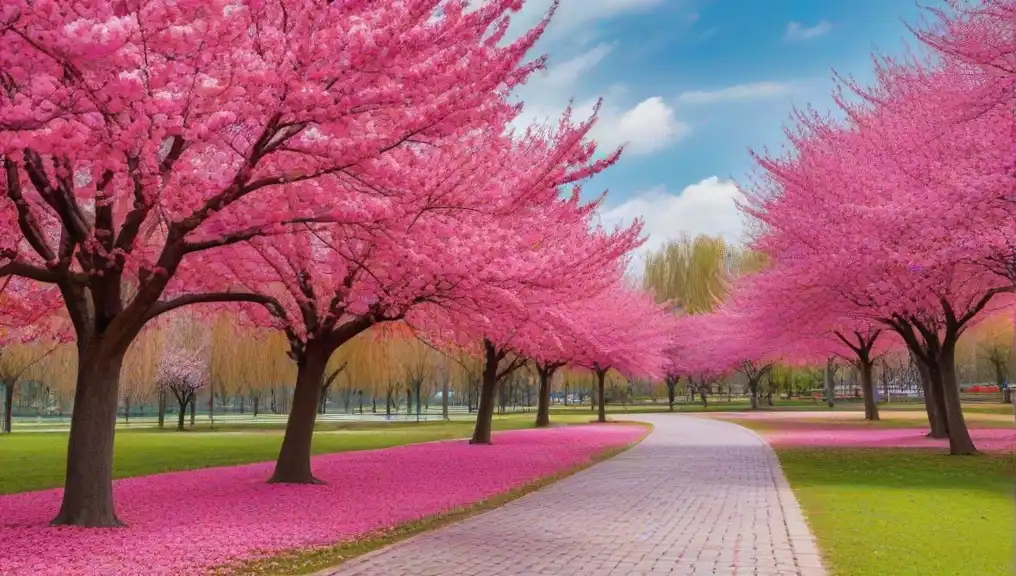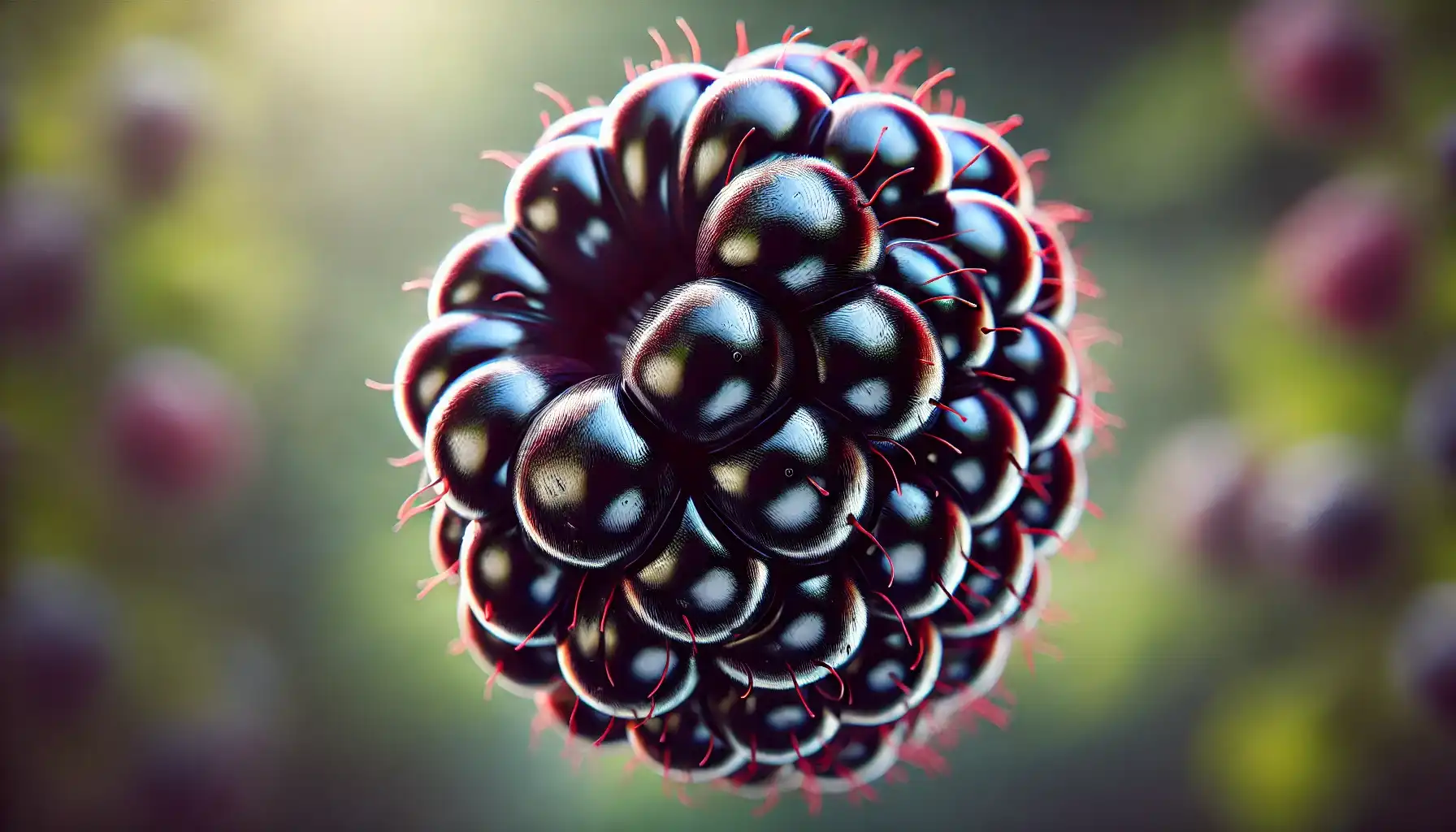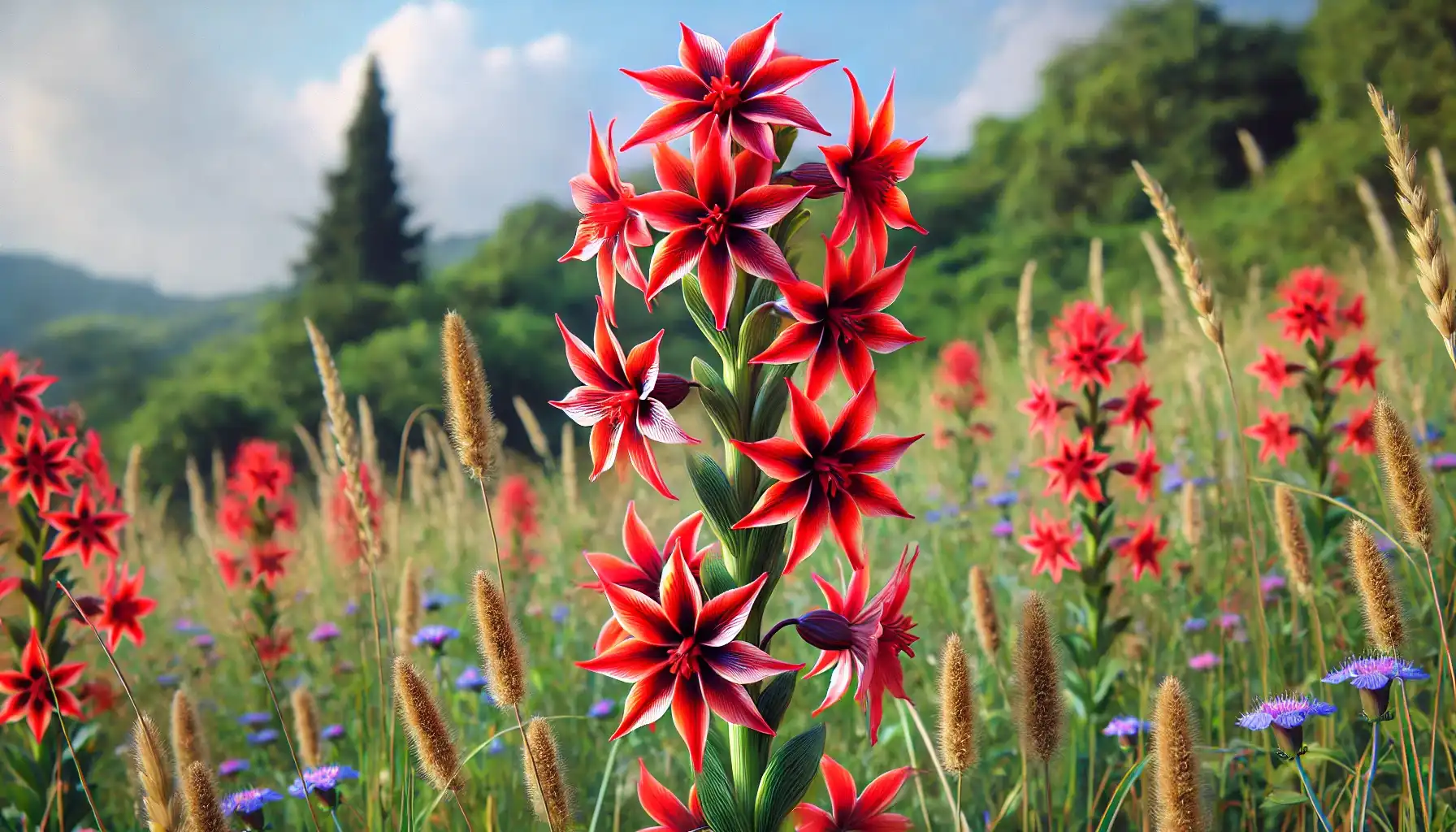Jasmine the Plant: Meaning, Care Needs, and Growing Tips
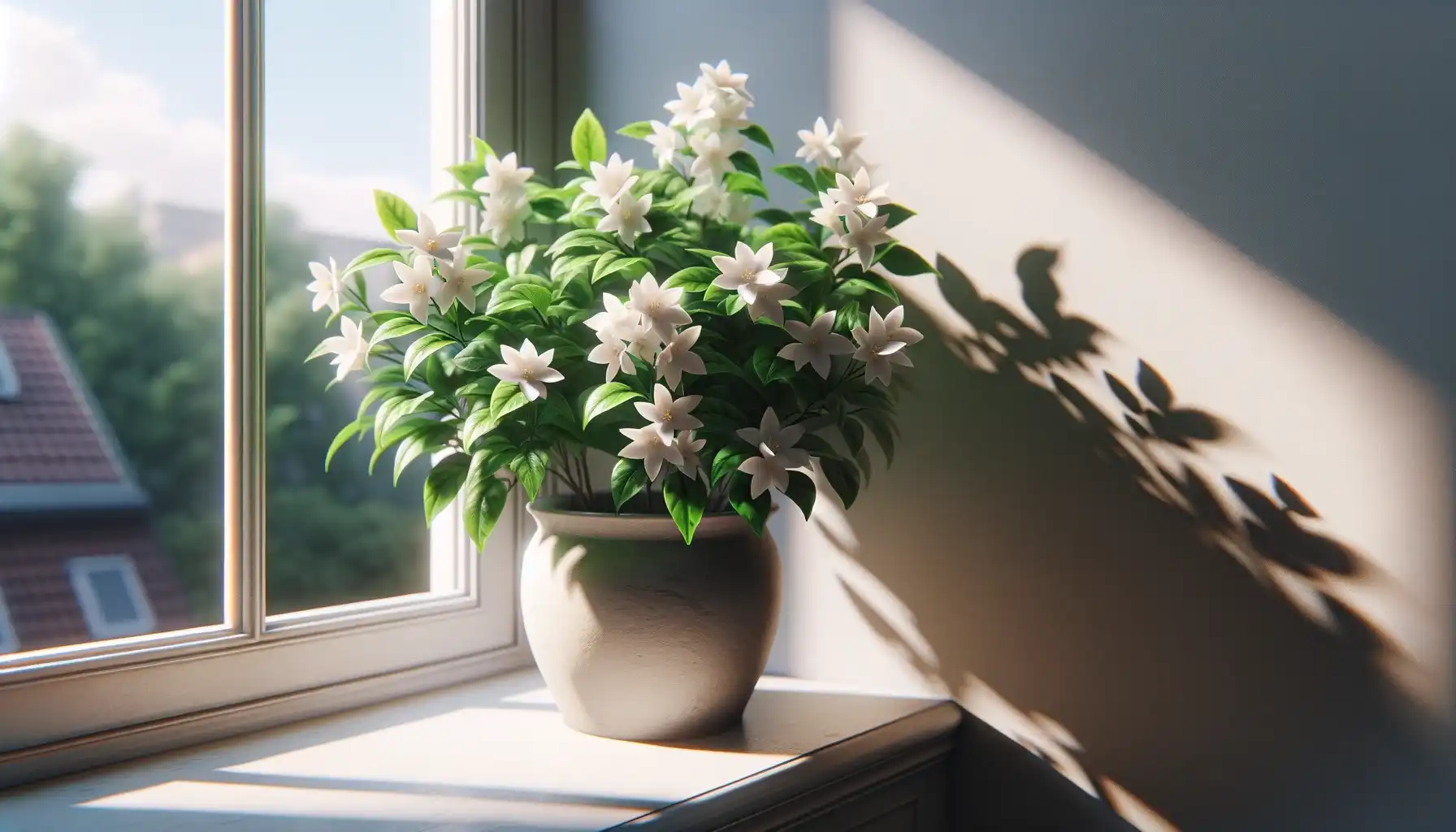
Could you ever imagine a plant that would be as popular as jasmine? Employed in culinary creations, cosmetic products, perfumes, and medications, this shrub of small white flowers known for its delicate appearance and sweet scent may proudly claim the title of the most beautiful plant of all time.
Contents:
Could you ever imagine a plant that would be as popular as jasmine? Employed in culinary creations, cosmetic products, perfumes, and medications, this shrub of small white flowers known for its delicate appearance and sweet scent may proudly claim the title of the most beautiful plant of all time.
Nowadays, jasmine has become a favored choice for indoor gardens, and taking care of such a plant is a great responsibility. For one to keep up with the modern trends and timeless traditions, we have prepared a brief guide, which includes info about where to find jasmine plants in the wild and what they need to grow with no limits.

Jasmine: What Plant It Is
Jasmine is a collective name used to identify shrubs and vines in the Oleaceae family. Initially, this plant was native to tropical and subtropical territories of Eurasia, Australia, and Oceania, though it gradually expanded its spheres of distribution. What makes jasmine so unique includes aromatic flowers of pure white or vibrant yellow colors, glossy green leaves, and a sweet and sensual scent excessively produced at night.
The range of existing jasmine species is striking. There exist more than 200 plant types that have ever been discovered by a human, though the most popular ones include only four instances, namely Jasminum officinale, Jasminum nudiflorum, Jasminum rex, and Jasminum polyanthum.
Cultural Significance
Jasmine takes a major place in various cultures, for the plant captivates and fascinates the general public, as well as contributes to the overall health level at home! In general, the plant was originally meant to provide one with love, romance, passion, and everything related to the sphere of emotions.
Besides, any country that used to praise jasmines interprets the value and popularity of the plant differently. In the Middle East, for example, this plant symbolizes hope and love, while Western cultures promote elegance and grace.
Thanks to the numerous benefits the plant offers, it was casually depicted in the local art, i.e., poems, music, fairytales, etc. Today, when superstitions have finally left our lives, jasmines are still employed to attract good luck and happiness and serve as natural indoor decoration, too.
Where to Find Jasmine Plants in Nature?
Those who wonder “Where can I find a jasmine plant in the wild?” should definitely consult the particular encyclopedias that reveal the true definition of a shrub and its natural habitat. Among the most common places where jasmine typically lives are Asia, the Middle East, the Mediterranean Basin, Australia, and more. Nonetheless, they can be easily cultivated in any region with the appropriate climate and indoors when one meets general plant care requirements as stated below.
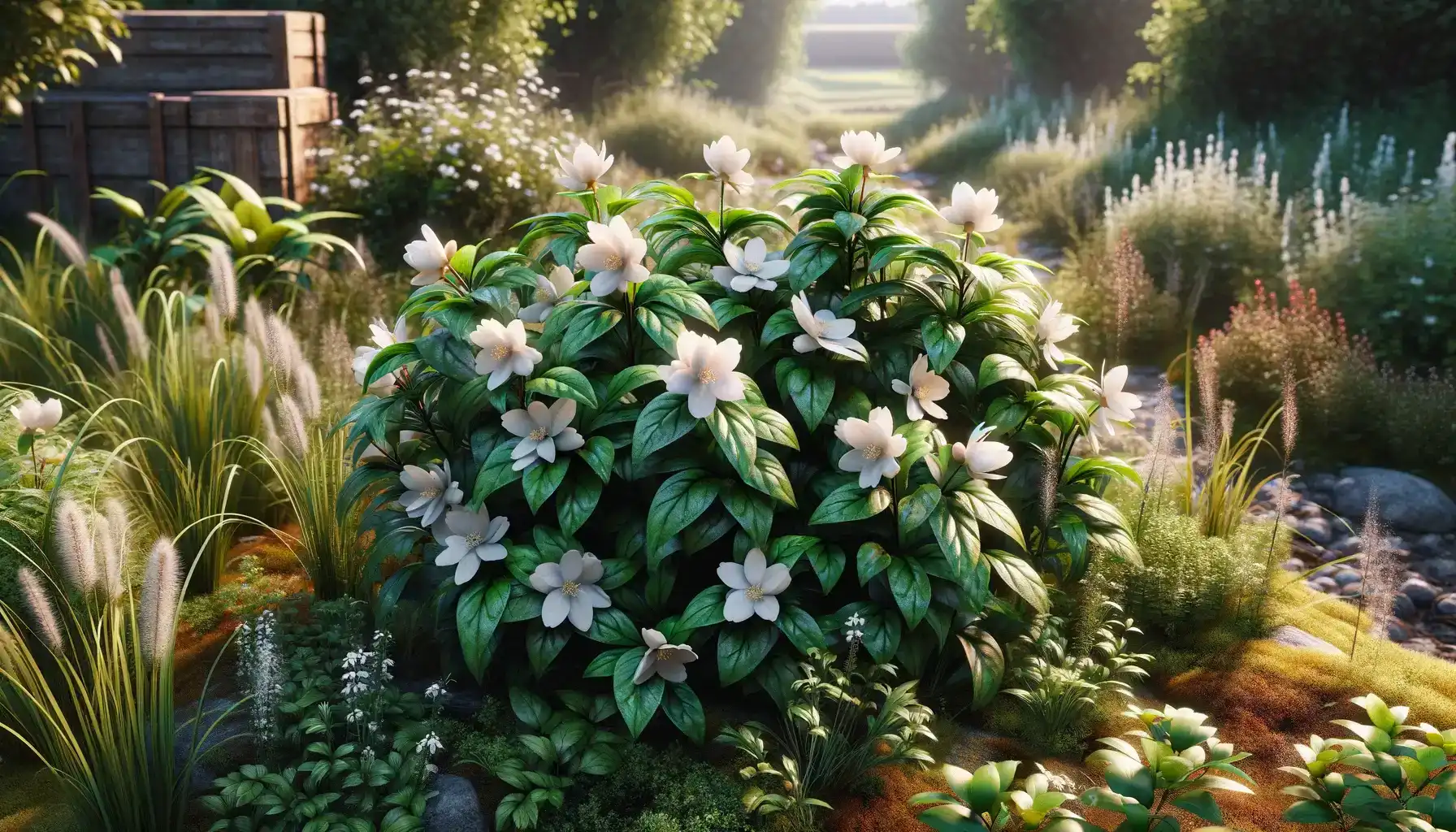
Jasmine Plant Care Needs
Like any other plant, jasmine cannot grow and thrive unless the environment meets the plant’s requirements and maintains the appropriate conditions for a longer period of time. Let us take a look at the most crucial care needs for jasmine plants.
Light: Jasmines need plenty of sunlight to grow well. Full sun exposure is the key, for the plant should ideally receive at least 6 hours of direct sunlight a day, which is to affect the number of flowers that the plant will produce in the end.
Soil: Well-drained soil rich in organic matter is the most appropriate condition for the jasmine plants to grow and develop in. Besides, the level of pH should fit the range between 6.5 and 7.5, which means it is to be slightly alkaline or neutral.
Water and Humidity Levels: One more thing that most plant enthusiasts should pay attention to is how they water the plant. Jasmine usually needs the proper environmental conditions to stay hydrated with 1-2 inches of topsoil remaining relatively moist.
Temperature: Since jasmines are originally native to warmer climates, it might also be beneficial to control heat production and make sure there are minimal temperature fluctuations (60-75°F or 15-24°C).
Fertilizing: When the soil lacks essential nutrients for a plant to grow and thrive, one may feed jasmines with a balanced, water-soluble fertilizer every 4 to 6 weeks in spring and summer for better harvest seasons ahead.
Pest and Disease Control: Sometimes, plants may not feel well and get sick. There might be different reasons why jasmine may experience worse health conditions, and such pests as spider mites and whiteflies may hinder the growth of a plant. Make sure you regularly check your green friend and keep track of any change in its appearance.
Essential Tips to Grow Jasmine at Home
Providing a plant with the appropriate treatment is one of the most important aspects of growing it at home. Jasmines casually need a lot of attention so as to bloom and bestow on us with the aroma and aesthetically pleasant flowers, too. To make it easier and less time-consuming, one may opt for platforms like AI Plant Finder* to leave a digital mark on worldwide gardening either way.
Choose the right variety of jasmine.
Explore various jasmine varieties and select the most appropriate option according to the local specifics. Make sure that all the requirements are successfully met and the plant will not suffer when planted at your own home.
Support plant structures.
For vines, i.e., climbing jasmine varieties, it should be useful to provide sufficient support with different tools like a trellis or fence. Thus, the plant may be able to focus on efficient growth, not survival in particular.
Pruning matters.
Though most people will definitely neglect this stage, we are here to pronounce it one more time: prune your plants to provoke new growth. Houseplants, too, need to be pruned so as not to get stressed but produce more blooms.
Repot plants every 2-3 years.
Living in the same pot is not the best idea for jasmines. Repot the plant every 2-3 years or when the plant lacks free room for jasmine to grow. Use fresh, well-drained soil and a larger pot to accommodate growth. The best season to repot a plant is spring.

*AI Plant Finder is a popular platform for plant enthusiasts of all levels. It is to offer various inner services, such as plant and disease ID by photo, a water calculator, plant care reminders, an AI assistant, a light meter, and even more. Those who need to learn more about the plants may go to the app and start their explorations with confidence and peace of mind.
Share:
Read More
Identify Any Plant, Diagnose Every Disease
Download Our App Now!
